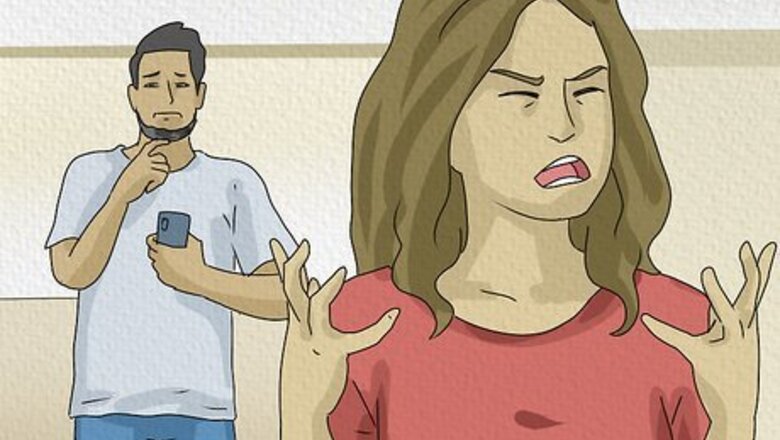
views
- Those with an ambivalent attachment style may be afraid of abandonment, have difficulty setting boundaries, and need constant reassurance from others.
- An ambivalent attachment style is caused by trauma or inconsistent or unpredictable caregiving. The caregiver might have also had this attachment style.
- If you have this attachment style, you can make your relationships more secure by attending therapy, practicing mindfulness activities, and setting boundaries.
What is an ambivalent attachment style?
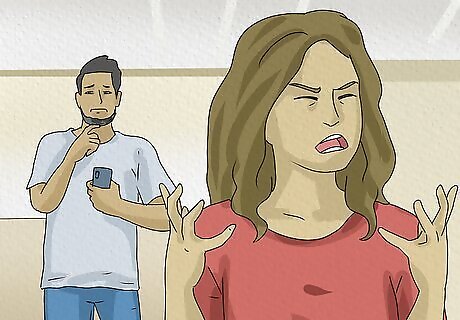
An ambivalent attachment style can cause you to fear abandonment. If you have an anxious/ambivalent attachment style, you may have had a caregiver with an inconsistent or unpredictable parenting style. As a result, you might have developed a sense that your caregiver’s mood was your responsibility, and you had to go to extraordinary efforts to make them happy and get love in return. As an adult, you may be overly dependent on other people, sacrifice your own needs to make others happy, and constantly fear rejection and abandonment in your relationships. Having an ambivalent attachment style isn't permanent! You can continue to work on your attachment style throughout your life. You can slowly transform your style into a secure attachment through reflection, therapy, and self-love. This style is the rarest of the four main groups—only about 7-15% of infants in the United States have an anxious/ambivalent attachment style.
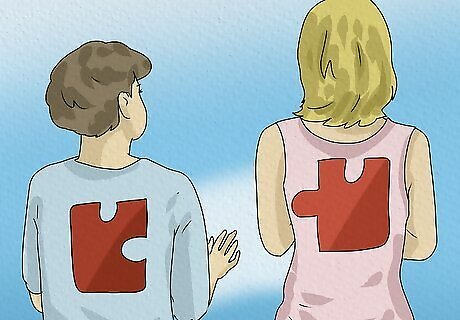
The anxious/ambivalent style comes from attachment theory. Attachment is the ability to make connections with other people and the style you have stems from the kind of relationship you had with your caregiver in early childhood. This psychological theory identifies four different styles that can impact how you interact with other people: Secure attachment You feel comfortable with intimacy and space and trust others easily. Anxious-ambivalent (also called anxious/preoccupied) attachment You have an intense desire for intimacy as well as intense doubts about whether you will be abandoned. Dismissive-avoidant attachment You have a strong desire for independence and feel like you don’t need the help of others. Fearful-avoidant (also called disorganized) attachment You struggle between wanting intimacy and avoiding it entirely.
Causes of an Ambivalent Attachment Style
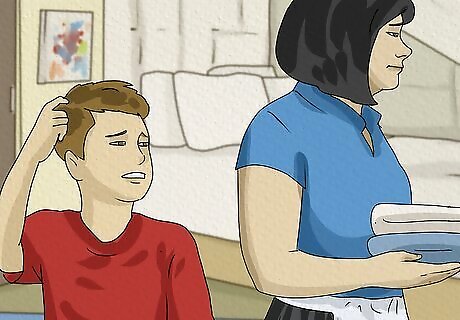
Inconsistent caregiving During childhood, your caregiver might have been inconsistent in how they reacted and responded to your needs. They may have alternated between paying close attention to your needs and ignoring your attempts to interact with them. As a result, you may have learned that your caregiver is interested in you some of the time, but you can’t always rely on them to meet your needs. For example, a caregiver might have played with their baby, but when the baby tries to interact with them again, the caregiver ignores them or puts them back into their crib.

Caregivers are misattuned to the child’s needs Caregivers might focus on or look to you to meet their own needs, but when the child needs affection the caregiver may be distracted or preoccupied with meeting their own needs. They may also have made you feel responsible for the way they feel. When they give love to you, they might have done so in a way that’s emotionally or physically intrusive or more about themselves than you. For example, a father might have thrown an elaborate birthday party for his daughter, inviting all of his friends. The daughter felt like she had to keep up appearances for her father and as a result felt drained by a party that wasn’t really about her. Your caregiver also might have cared more about keeping up appearances than tuning into your needs and giving to you in a way that’s sensitive to what you need at that moment.
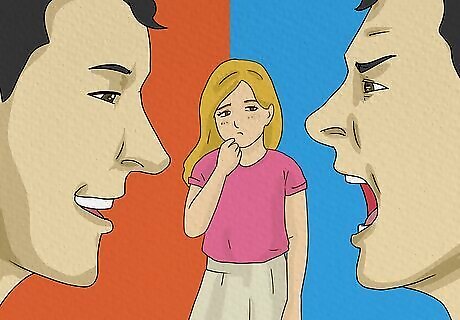
Unpredictable caregiving If a caregiver feels easily overwhelmed by their child’s needs, they might have acted hot and cold towards you. This can make their behavior seem unpredictable, and you might have been left wondering what you did wrong. If your caregiver experienced depression or struggled with addiction, this behavior might have worsened.

Caregivers have an ambivalent attachment style A caregiver with an anxious attachment style might seek love and emotional satisfaction through their children. They may meet their own needs through interacting with their child, and ignore their child’s needs. As a result, children of caregivers who have an anxious/ambivalent attachment style may use the same style when raising their own children. If you have an ambivalent attachment style, you can help break a generational cycle by having your emotional needs met by other adults. If you have children, pay attention to how much of the time you’re distracted or inconsistent in how you respond to their needs.
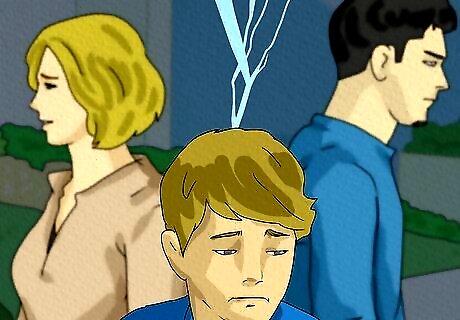
History of trauma If your caregiver was a source of overwhelming distress during your childhood, your unsafe feelings might have contributed to creating an ambivalent attachment style. Some of the causes of trauma include: Divorce or loss in the family. Physical neglect, like going without basic needs such as food or water. Physical, sexual, or emotional abuse. Domestic violence. Caregiver(s) had a substance abuse disorder, mental illness, or trauma they haven’t processed yet and passed onto their child. Caregiver was physically or emotionally unavailable. Caregiver(s) had poor boundaries with their child, used psychologically controlling tactics, or was overly controlling.
Effects of the Ambivalent Attachment Style on Adults

You might have anxiety and low self-esteem. Those with an ambivalent attachment style usually exhibit anxious behavior and are highly sensitive to criticism, whether it’s real or not. In relationships, you might blame yourself for challenges and issues that arise, putting pressure on yourself to “make” the other person happy.

You may find it difficult to be alone or trust others. Because of a deeply-rooted fear of abandonment, you might feel anxious about being alone. However, you may also fear that another person will eventually leave them, and as a result, might also find it difficult to trust others. For example, you may “ghost” others because you’re afraid that the other person will leave first.

You may sacrifice your own needs to increase your safety or stability. If your caregiver made you feel like you were responsible for their emotions, you might cater to others’ wants or desires above your own. Although this can make you feel safe and secure in your relationships, it can harm your mental health. At work, you may have difficulty setting boundaries between work and life. You might also jump to negative conclusions and become obsessed with problems until they’re fixed. EXPERT TIP Chloe Carmichael, PhD Chloe Carmichael, PhD Licensed Clinical Psychologist Chloe Carmichael, PhD is a Licensed Clinical Psychologist who runs a private practice in New York City. With over a decade of psychological consulting experience, Dr. Chloe specializes in relationship issues, stress management, self esteem, and career coaching. She has also instructed undergraduate courses at Long Island University and has served as adjunct faculty at the City University of New York. Dr. Chloe completed her PhD in Clinical Psychology at Long Island University in Brooklyn, New York and her clinical training at Lenox Hill Hospital and Kings County Hospital. She is accredited by the American Psychological Association and is the author of “Nervous Energy: Harness the Power of Your Anxiety” and “Dr. Chloe's 10 Commandments of Dating.” Chloe Carmichael, PhD Chloe Carmichael, PhD Licensed Clinical Psychologist Ambivalent attachment styles cause relationship challenges. The hot-and-cold tendency of ambivalent attachment can throw a real wrench in relationships. Craving intimacy but also periodically pulling away often stems from childhood, leaving their partners confused and resentful. Unpacking this pattern through counseling can be an important step to build trust and stability.
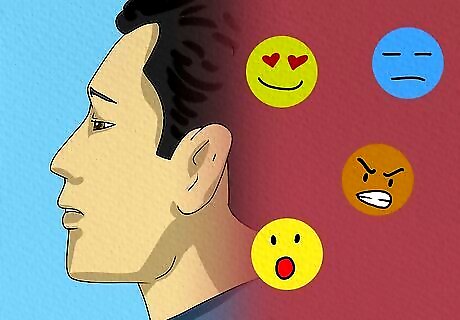
You may struggle to understand and regulate your emotions. As a result, you may rely on others to help you regulate your emotions. When you do enter a relationship, you may feel rejection or abandonment if the relationship doesn’t live up to your expectations. You often fear that your partner will leave them, which can cause you to engage in manipulation, like using blame or guilt to force your partner to stay in a relationship with you and meet your needs.
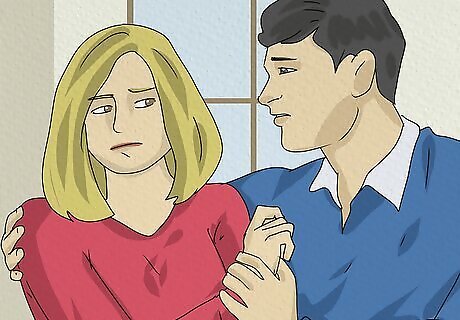
You may be overly clingy in relationships. Those with an ambivalent attachment style often have an intense desire to form a strong emotional attachment with their partner. As a result, you might not understand why your partner needs personal space, need constant public displays of affection, or have very poor boundaries. You might also be overly jealous of other people your partner spends time with. If your relationship breaks down because of your clingy behavior, it only serves to prove that your doubts were right all along.

You may live with a constant fear of abandonment. People with this attachment style tend to have an ingrained fear that their partners do not love them and will leave them. As a result, you may need constant reassurance from your partners. You might spend a lot of time worrying about what the other person in the relationship wants, you may be always worried that you’re going to be rejected, and you can think that your partner will abandon you, even when the relationship is going well.
Effects of the Ambivalent Attachment Style on Children

You may have clung to your caregivers to have your needs met. Because your caregiver ignored your needs, as a child you might have learned that you need to “act up” or “demand constant attention” for you to be noticed. However, you might have also learned you can’t rely on your caregiver to comfort you, and as a result, you may have swung between resisting contact and clinging to keep contact with your caregiver. You might have also felt upset by being separated from your caregiver, but you had trouble feeling soothed when you were reunited.
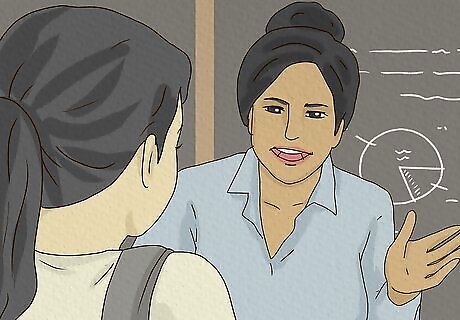
You may have been overly reliant on the attention of adults at school. In the classroom, you may have been so concerned with trying to gain and maintain the attention of adults that you struggled to focus, plan ahead, and absorb instructions. You may have asked questions repeatedly or even acted like the “class clown” to make sure that you were noticed. You may have also found it hard to settle into groups of children without an adult there to make you feel safe.

You might have been overly dependent on your caregiver. When you were younger, you may have been distressed and thrown a temper tantrum when you were separated from your caregiver. Once your caregiver returned, you might have continued to feel anxious instead of safe and reassured.
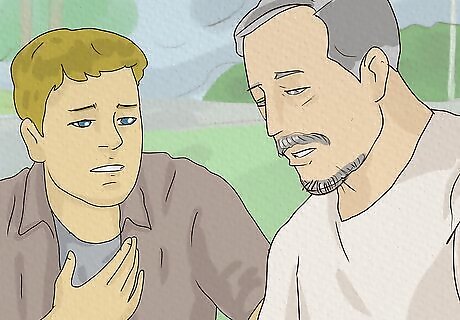
You believed you were supposed to take care of others’ needs first. If your caregiver made you feel as though you were supposed to actively meet their needs instead of your own, you may have grown up believing that you’re supposed to take care of other people’s feelings. As a result, you can become codependent with your caregivers and friends. As you grew older, you may have asked for reassurance from your caregiver or acted in ways to make your caregiver happy, often sacrificing your own needs in the process.
How to Heal If You Have an Ambivalent Attachment Style
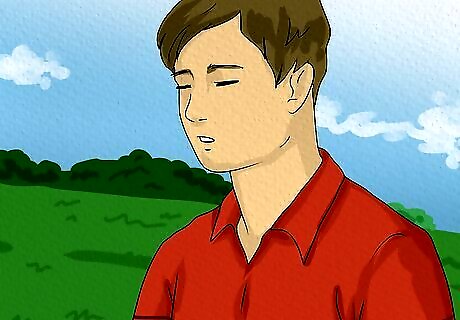
Try meditation and other mindfulness practices. If you find yourself overanalyzing your relationships and constantly running through negative scenarios, practicing a regular mindfulness activity can help you tune into the present and work through your emotions in a positive way. Consider gardening, trying guided meditation, or practicing yoga to help you be more present. You can also start a gratitude journal to help you see the positive aspects of your relationships and your life in general. Write down 5-10 things that you’re grateful for every day to help cultivate a positive state of mind.
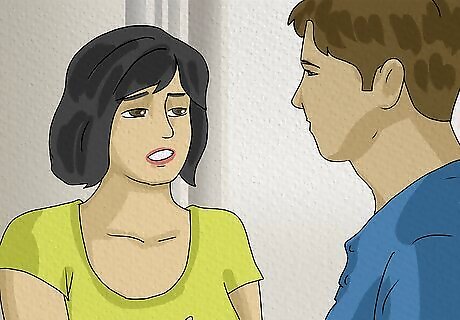
Practice vulnerability and build emotional security in relationships. An anxious/ambivalent attachment style can cause you to put your needs aside for others and compromise your emotional well-being in the process. Although it can be difficult, being clear with others about your needs, desires, and feelings can make you feel more secure in your close relationships. Step out of your comfort zone and ask explicitly for what you want to make you feel emotionally safer. Start small—decide what movie to watch one night or tell your friends where you’d like to have dinner. If you have a partner, let them know that you’re working on improving your attachment style. They may be able to help you work through some exercises to improve your communication and vulnerability skills. You can also learn that taking up space is safe emotionally by building a healthy relationship with someone who is securely attached.
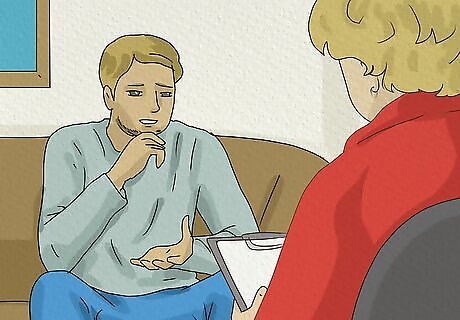
Seek out a trusted therapist. Therapy can help you explore the events in your childhood and see how those experiences have shaped your life today. A therapist can also help you rewire your brain and challenge the inner voice that’s creating feelings of anxiety and abandonment. You can also learn to feel self-compassion by writing down what you remember about your childhood into a cohesive narrative and trying to understand where your attachment style began.













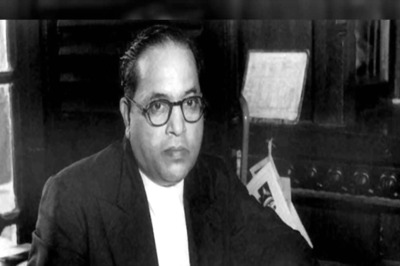


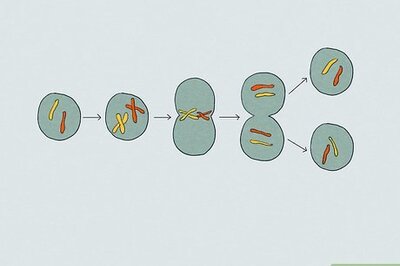



Comments
0 comment